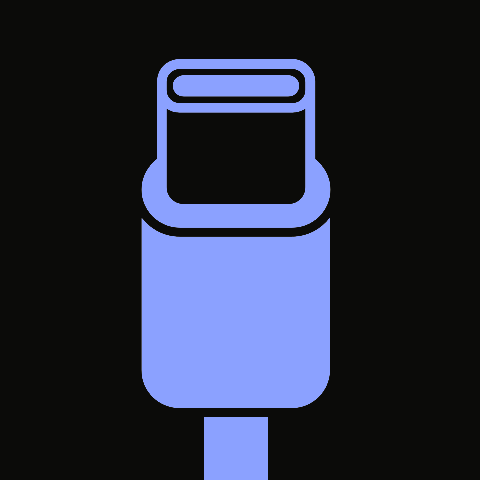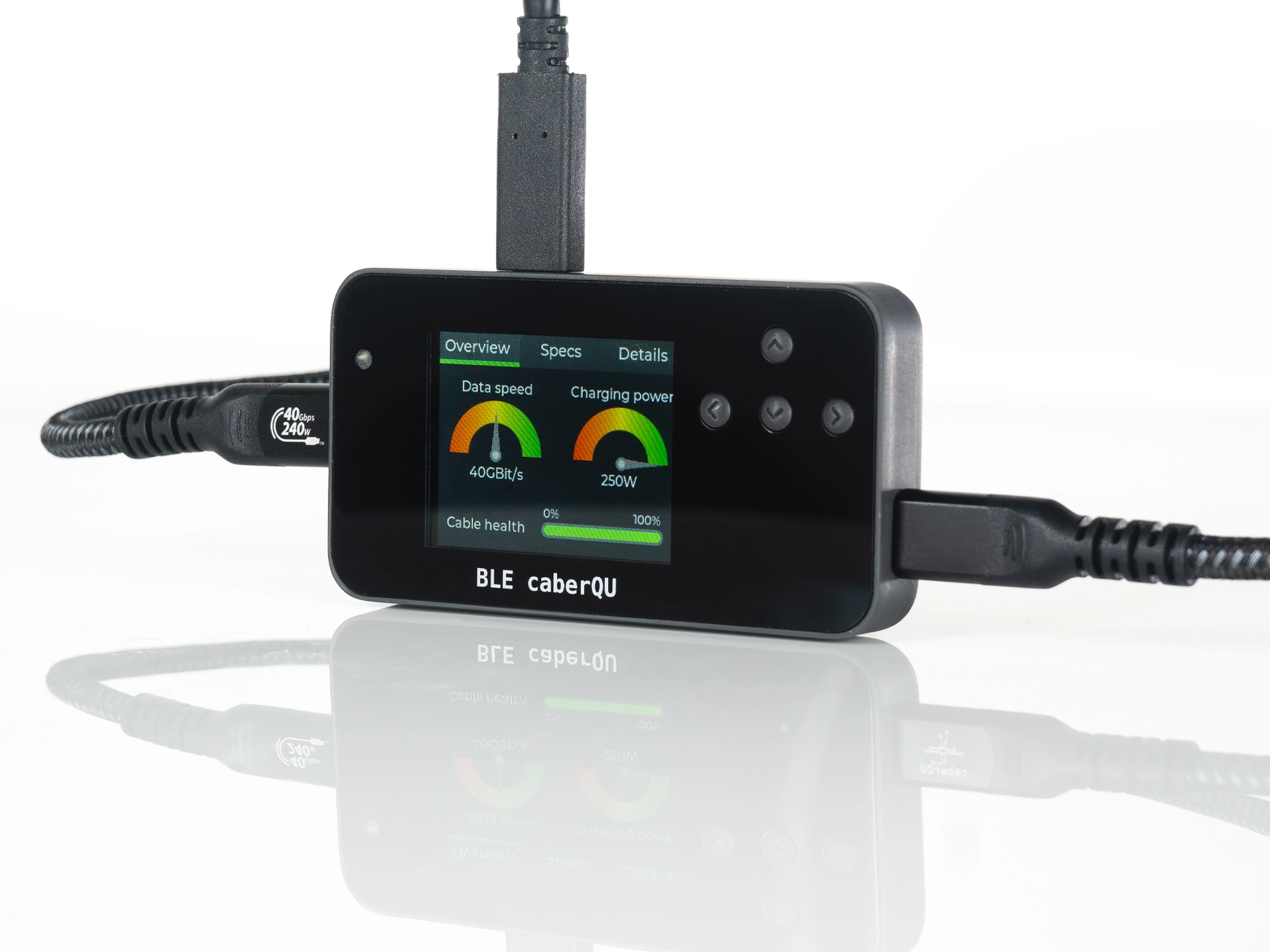- 8 Posts
- 12 Comments

 32·1 month ago
32·1 month agoHaha pretty much

 7·1 month ago
7·1 month agoInteresting approach, never thought about using the cable for something completely unrelated.

 10·1 month ago
10·1 month agoThanks, that’s pretty much exactly what I found: https://en.wikipedia.org/wiki/USB_hardware#Allowable_current_draw

 3·1 month ago
3·1 month agoPretty much what I expected, but I don’t think they care to much about that

 2·1 month ago
2·1 month agoWhere? I can’t find any reference to any device being allowed to draw 10A: https://en.wikipedia.org/wiki/USB_hardware#Allowable_current_draw

 1·1 month ago
1·1 month agoI’ve actually done that with a simple single diode rectifier and a supercap with zener voltage limitation:

If your supercap has a too low series resistance for the LED to light immediately you need an additional resistor in series with it. It is simple and small enough to directly fit inside the original lamp casing and has been working without a problem for over 3 years.
The USB-C standard and particularly the USB PD (power delivery) is so complex it almost feels comical.
The PD standard document (freely available on usb.org) is over 800 pages long and features a lengthy part about the role of the cable alone which is mostly hidden from the user. Here’s a short video about this issue: https://www.youtube.com/watch?v=6bZ0y9G-4Pc

 1·3 months ago
1·3 months agoThat’s true, they explain this in a different video: https://www.youtube.com/watch?v=y9vXDy_zt4I

 41·3 months ago
41·3 months agoYeah, it’s not really getting easier…

 2·4 months ago
2·4 months agoThat’s a great summary, thanks for sharing!
It indeed is, but there seem to be no testers available for resistance measurements.



Your solution may very well also work, good thinking. A few things to consider though: